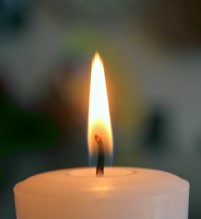An explosion is when something burns so fast that it makes a bang. We usually see things burn in the open, where the wood, paper, or some other burnable material gets the oxygen it needs from the air just like we do. But an explosive carries its own oxygen. It keeps the oxygen right next to the ingredients that burn, so the burning can happen very quickly.
Some explosives are very easy to set off. The explosives in cap guns can be set off by just hitting them with the tiny hammer in the gun. Gunpowder can be set off with a match. Nitroglycerin will explode if you drop it on the floor.
To make explosives safer to use, it helps if they are harder to set off, so they only explode when we want them to. To make nitroglycerin safer to use, Alfred Nobel figured out how to let it soak into powdered clay. The result is dynamite, which won’t explode if you just drop it on the floor. Inside a stick of dynamite is a little firecracker. When you light the fuse of the firecracker, and the firecracker blows up, it has enough force to make the nitroglycerin explode.
There are many types of explosives in use today, and most of them are designed to be hard to set off. You can hit TNT with a hammer and it won’t explode. Like dynamite, it needs a small explosive that is easier to ignite. This primer or blasting cap is often protected in a metal casing, and triggered by electricity. This allows the explosive to be set off using long wires, or a timer.
